What if I told you that backlinks can hurt you just as much as they can help you?
Would you cringe a little bit?
I think we all would.
We all trust backlinks to help our SEO. So we work at generating them from every website we can possibly get our hands on.
The problem, though, is that backlinks can hurt you just as much as they can help you.
To prove it, skip ahead to 55:40 on the video below and listen to John Mueller, Google’s webmaster trends analyst, describe how link building can hurt websites and why he would avoid it altogether.
That’s a scary claim coming from a Google representative.
Does it mean that all of your link-building efforts have been a waste of time?
Well, maybe it does.
It depends on the type of links that you’re building.
There are many factors that make the difference between a good backlink and bad backlink. I’ll explain what those factors are and how to get the good ones.
But first, let’s make sure you understand what a backlink is.
What is a backlink?
A backlink is a link that goes from an external URL to your website. If another website links to a page on your website, you receive a backlink.
And traditionally, these little beauties are excellent for your SEO.
In fact, for a long time, the top-ranking websites simply had to generate a massive amount of backlinks from other websites, regardless of the quality of those backlinks.
Eventually, though, businesses started link building through spammy websites with black hat SEO strategies.
This naturally led Google to update its algorithm to treat each backlink with the attention it deserves, whether that be positive, negative, or neutral.
Here’s an illustration showing how a backlink works.
Link building, on the other hand, is basically the holistic process of using backlinks to improve your SEO rankings.
As I already mentioned, that sometimes works and sometimes doesn’t.
With Google’s system, one that they constantly update, it can be difficult to know which links are helping you and which ones are hurting you.
So let me tell you about how link building affects your website’s rankings.
Everything you need to know about how link building affects your website’s SEO
Yes, there are good links and bad links.
But here’s what we know for sure: You can use link building to increase your website’s rankings. You can also use it to decrease your rankings and hurt your domain authority.
My goal is to show you how you can do the former and avoid the latter.
The first thing to note is this study done by Moz, where they found that 99.2% of all top 50 results have at least one backlink to their page. And most had more than one.
They also mention that the leftover .8% is well within their margin of error and could be completely negligible.
Now, before you go and start building links from every which way, keep this in mind:
This result means that websites ranking high on Google have backlinks, but it doesn’t mean that websites ranking low on Google don’t.
In other words, while this result probably means that backlinks are important for ranking well, it doesn’t tell us anything about how backlinking can negatively affect your domain authority.
Here’s the rub.
When Google sees a backlink, there are three things they can choose to do:
- Benefit your rankings.
- Do absolutely nothing.
- Penalize your rankings.
When link building works, and Google decides to benefit your rankings, it can take an average of 10 weeks per link to go up one position.
That should give you an idea of just how long it takes to reap the benefits of your SEO strategy.
Also keep in mind that the lower your domain authority, the better your initial results. And the higher your starting point, the slower the climb.
SEO is a little bit like going to the gym and building muscle.
At first, you’ll build muscle quickly because you had so little to begin with. But as time goes on, you have to lift more and more weight to keep building muscle.
With SEO, the higher your ranking climbs, the more strategic and intentional you need to be with your approach.
Remember that as your SERP surges, you start competing with SEO website experts. You’ll need to improve your strategy as the competition gets more fierce.
Now, let me hit you with another fascinating piece of information.
The higher up a link is in the HTML text of a page’s content, the more value that link will provide.
In other words, in this article from Smart Blogger, the “publishing online content” is a more valuable backlink than the “Habits of a happy brain” link is.
Why?
Because the “publishing online content” link comes first and Google values the first backlinks more than they value the last ones — or even the ones after.
Lastly, in your education about link building’s effect on SEO, you need to understand the difference between internal links and external links.
An external link is the same as a backlink. It’s a link that goes from an external website source to your website.
But an internal link is when you link from one page of your website to another page of your website.
And just in case you were thinking of revolving your link-building strategy around internal links, keep in mind that external links are far more beneficial to your rankings.
I’m not saying that internal links are worthless. In fact, internal links can be incredibly useful for lowering your bounce rate and increasing engagement on your website.
But when it comes to SEO, external links are where the rankings live.
Now, let’s turn our attention to the difference between helpful links and harmful links.
You need to be able to determine which links help you and which ones hurt you.
Nofollow and dofollow links
The first thing you need to be familiar with when it comes to backlinks is the difference between nofollow and dofollow links.
Dofollow links are your basic backlinks. When the website owners don’t fiddle with the HTML surrounding the link, the link will always be a dofollow.
And that’s good for your website.
Dofollow links tell Google that the linking website trusts your domain, which can help your rankings. And that’s usually the case as long as the linking website is reliable.
But we’ll discuss that in a little bit.
Nofollow links, on the other hand, look like this in HTML.
The problem with nofollow links is that they intentionally tell Google not to trust your website even though they’re linking to it.
In other words, nofollow links will still take someone from website A to website B, but they won’t help website B’s rankings. They also won’t let you pass “Go” or collect $200.
Why would a website use nofollow links?
Because linking to low-quality or low domain authority websites can hurt the link-hosting website’s rankings.
So websites will often use these links to avoid destroying their own rankings with a low-quality external link.
But don’t think that nofollow links are a complete waste of time. They’re not.
In fact, they can work wonders for generating traffic to your website and increasing the visibility of your business despite their unhelpful SEO influence.
To illustrate the power of nofollow links, consider when Moz published two maps showing the ISP landscape of the U.S.
The map got mentioned by @Amazing_Maps, whose account has over 160,000 followers.
But since the link was on Twitter, the post had a nofollow link and so did all of the retweets.
And you might think to yourself, “What a waste of SEO potential.”
But listen to what happened next.
The Huffington Post mentioned the map on their front page because of all the publicity the map received on Twitter.
That’s a lot of love from a simple nofollow link.
And it proves the point that, while nofollow links might not help your SEO, they help plenty of other things to make them worth your time.
Traffic generation, business awareness, and even customer engagement are all great benefits of nofollow links.
But how do you know when people are linking to your website with nofollow links?
That’s a great question.
And there’s a simple answer.
You can use tools such as SEO Quake…
Or Nofollowsimple for Chrome.
And try Nodofollow for Firefox.
However you do it, it’s important that you keep an eye out for nofollow and dofollow links and give each the attention they deserve.
High DA and low DA links
DA, or domain authority, is your overall SEO website’s authority.
But why is domain authority important for your link-building strategy?
Because if a lot of your links are spammy, low-quality, or have extraordinarily low domain authorities, that’s not a good sign to Google.
So even if you have a lot of backlinks leading to your website, Google still might penalize you.
Now, they probably won’t penalize you if a few trashy websites are linking to yours. It’s when a lot of these websites are linking to yours that this happens.
Why does this happen?
Well, when Google sees a lot of low-quality backlinks leading to your website, they assume that you’re using a sketchy strategy to generate those.
You could be paying for them or hiring an agency that tries to cheat the system.
And Google wants to punish anyone who tries to cheat.
Also, linking to these websites from your own website can hurt your rankings. If you can avoid a relationship with these URLs, then do so.
Here’s how you can determine the domain authority of a website.
Start with a tool like this.
Enter the website URL of the domain you want to check and click the “I’m not a robot” box.
Click “Perform check,” and this page will come up.
You’ll see a “Page Authority” section and a “Domain Authority” section.
The first is the authority of the page that you typed into the URL box. The domain authority is the overall authority of the domain as a whole, all pages included.
But, for checking on the quality of a backlink, you’ll want to pay special attention to the “Domain Authority” section.
Here’s the reason.
Moz found during one of its studies that a backlink from a low domain authority page on a high domain authority website provides more value than a backlink from the opposite.
In other words, the domain authority of the backlinking website as a whole is far more important than the domain authority of the specific page that’s hosting the backlink.
When you’re building links to your website, it’s best to aim for high domain authority websites, as these will help you more than they hurt you.
Low domain authority websites can potentially hurt your rankings if they link to you in massive quantities.
So before you go chasing backlinks, research the domain authority of the websites you’re going to target.
The quality of other backlinks on the website
If the website you received a backlink from has a low domain authority, then the backlink isn’t very helpful.
But it’s not just low domain authority that can make for an unhelpful SEO experience.
It’s also the quality of the other backlinks on the website that’s hosting your backlink.
That sounds a little confusing. Let me explain.
Let’s pretend that you receive a backlink from a website with high domain authority.
You’re excited. It helps your rankings and makes you feel like the SEO pro that you know you are.
But one day, the website that gave you that precious backlink turns around and links to a low-quality website full of spam.
That has nothing to do with your backlink, right?
Wrong.
Since that external link will hurt the rankings of the website where you received your own backlink, your rankings will suffer as well.
In other words, pages that link to spam websites will devalue all other links that they host.
It’s important that you evaluate the websites you get backlinks from. That way, you avoid any harmful URL relationships.
Make sure they are trustworthy and do their own link evaluating when choosing which links to include so that your website won’t be at risk.
Additionally, and as a bit of a caveat, beware of buying backlinks from online sources.
There are certainly ways to generate backlinks that are reputable, such as through SEO or PR firms.
But black hat SEO strategists will simply have a massive amount of low-quality websites that will link to your domain.
Don’t pay these people a dime.
Even if it will help your rankings for a little while, once Google finds out, they’ll punish you.
How to get beneficial backlinks
Now that you know the difference between backlinks that can help you and backlinks that can harm you, let me walk you through a few strategies you can use to get more of the former.
Ultimately, your strategy for generating quality backlinks needs to revolve around producing high-quality content on your website.
When you do, other websites and businesses will be more inclined to link to your content when they borrow it.
The first way to encourage people to link to your content is by using original images.
People love to include images in their blog posts. If they find your image and include it, you just won yourself a backlink.
Of course, image backlinks aren’t as valuable as in-text attributions, but they’re still far from worthless.
Another thing that people love to use when writing blog posts is expert quotes.
If you can interview experts and get some original quotes about a certain topic, people writing on that topic will link to you when borrowing the material.
That’s why publications like Entrepreneur publish blog articles like this. It helps their link-building strategy.
Bloggers also love to include data and statistics to prove the point they’re trying to make.
If your business has original data about your customers, website, or product, that’s a backlinking goldmine that’s just waiting to be exploited.
Real estate SaaS company InvestorCarrot created its own original data in their blog post, “How to Attract a Motivated House Seller Like a Mind Reader.”
But they didn’t just include their own data. They also created these simple but easy-to-share images that illustrate the data they came up with.
And can you guess what happens every time another website wants to use their data?
That’s right. InvestorCarrot wins a backlink.
Images, quotes, and original data are all ways to generate backlinks starting with your own website, but that’s not the only way to go about it.
You can also start guest posting on other websites and include a link to your website.
This is easier than ever before with 65.5% of websites having at least a few guest posts on their blog.
To guest post for other blogs, simply send the editor an email pitching your topic and a brief outline and ask if they’re interested.
Make sure that the topic is relevant to their audience or they’ll decline your offer.
And don’t forget about those quality referrals you already have and don’t want to lose.
If you ever make updates to your website or change the URL of a certain page, be sure you try and fix all the backlinks linking to that page.
To do so, you can use the Check My Links plugin for Chrome.
With this plugin active, go and visit the website that hosts your backlinks. When you do, the links that are working will show up green and the ones that are broken will show up red.
This will help you determine which backlinks to your site need to be fixed.
Then, you can send an email to the editor of the website with the updated backlink.
Be sure to include the new link and consider adding a screenshot of the broken link to make it even clearer.
The easier it is to fix your backlink, the more likely it is they’ll do it.
Here’s the kind of email you’ll want to send.
Most people will be more than willing to add the backlink for you.
These are all ways you can get and maintain your beneficial backlinks.
Since not all backlinks are created equal, it’s critical that you leverage the full potential of the ones that are worth your time.
Conclusion
Backlinks can either bandage wounds or create them.
And sometimes, knowing which one you’re accomplishing is a real challenge.
Luckily, now you know the kinds of backlinks to avoid, the kinds that benefit your SEO strategy, and how to get beneficial ones.
In particular, you know that nofollow links are valuable for traffic, but not SEO.
You know that domain authority will help you determine the quality of a backlink.
And you know that the external links a website currently uses will be a sign of things to come for your own backlink.
Also, original images, quotes, data, and guest posting will help you get the backlinks your website craves, and fixing broken links will maintain those helpful attributions.
Since you know all of that, I’ll end with one last reminder.
Not all backlinks are equal, but all backlinks affect your SEO. It’s up to you to decide whether that impact is positive, negative, or neutral.
What kinds of backlink strategies have helped your SEO the most (or the least)?

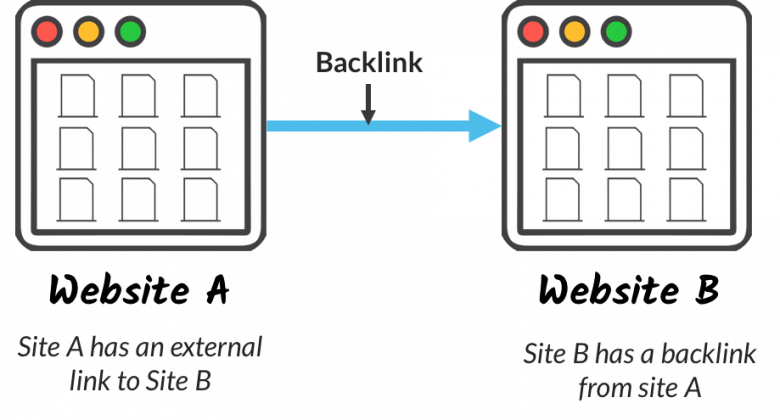
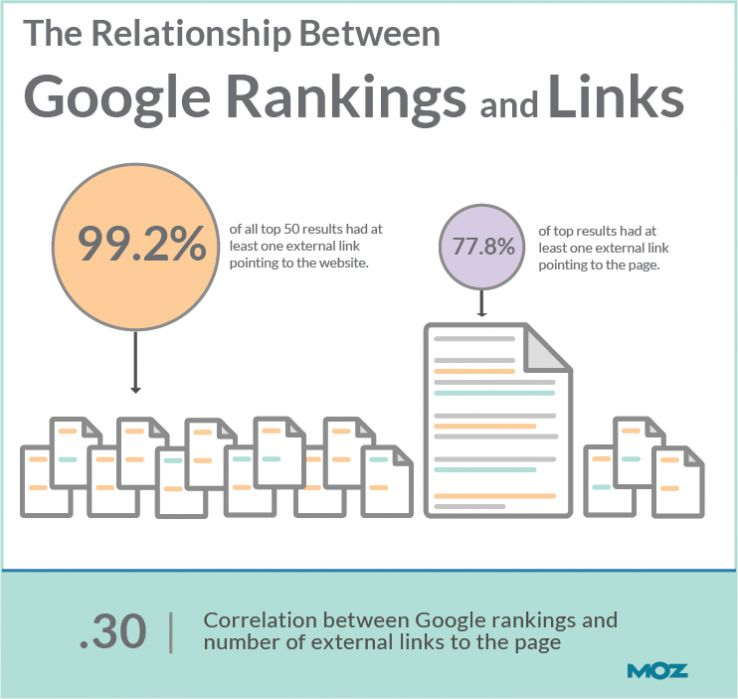
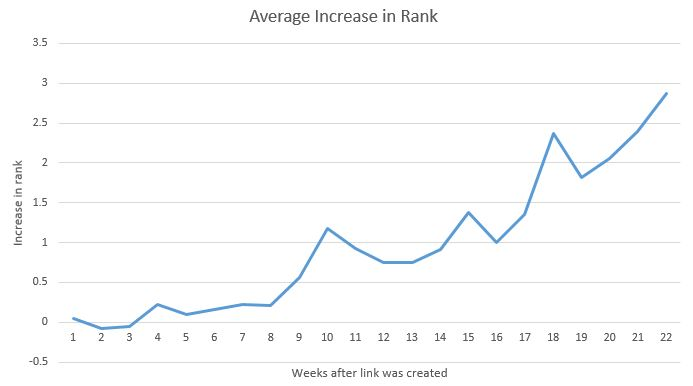
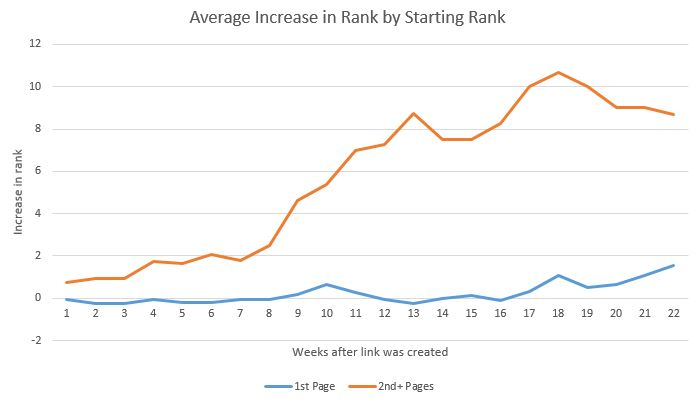
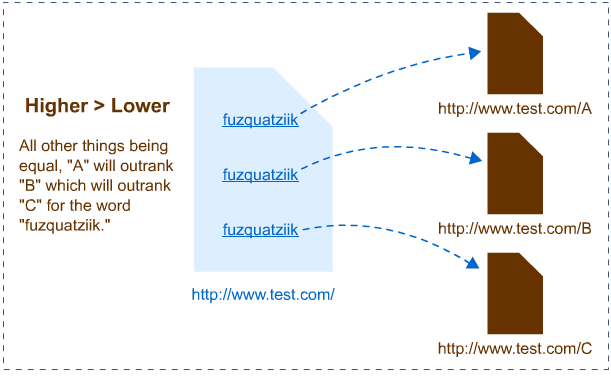
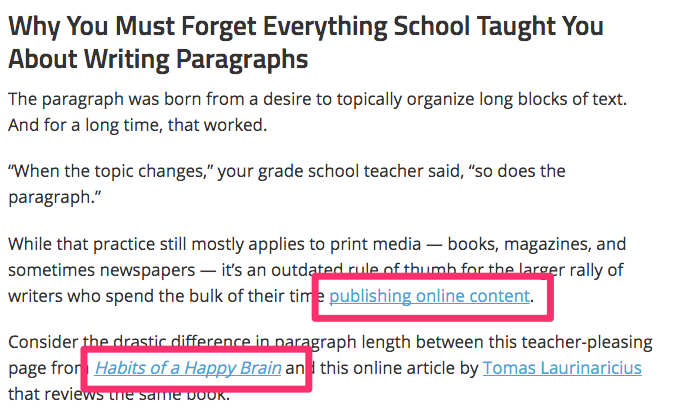


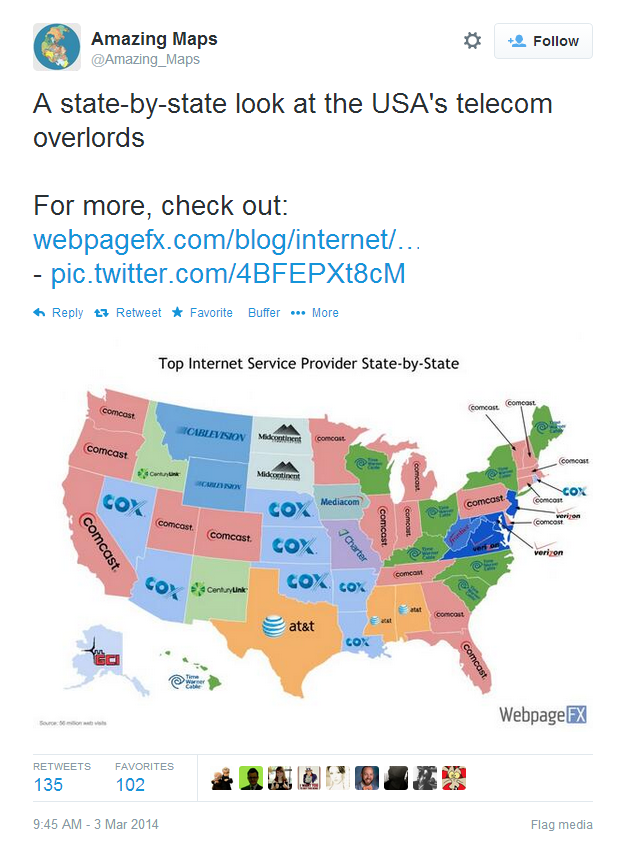
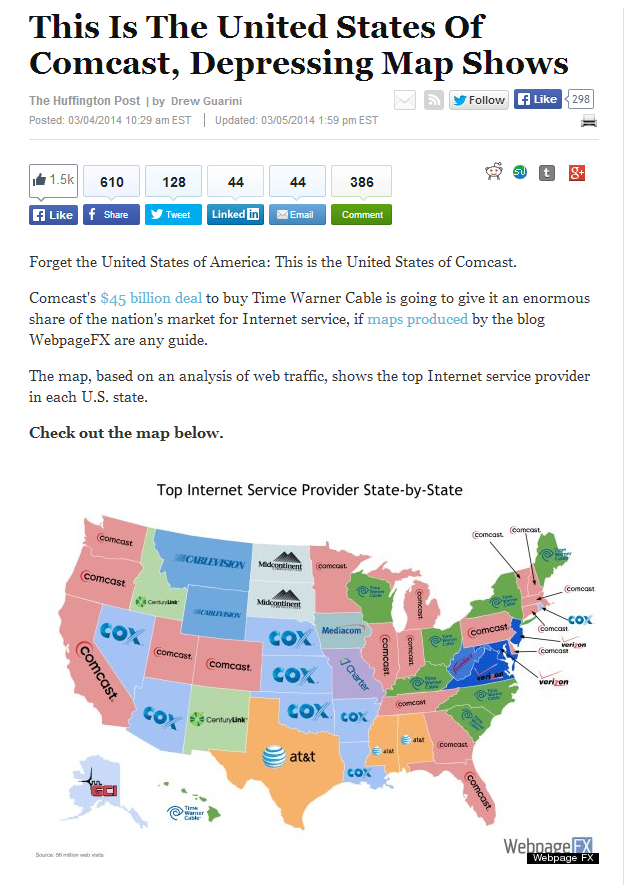
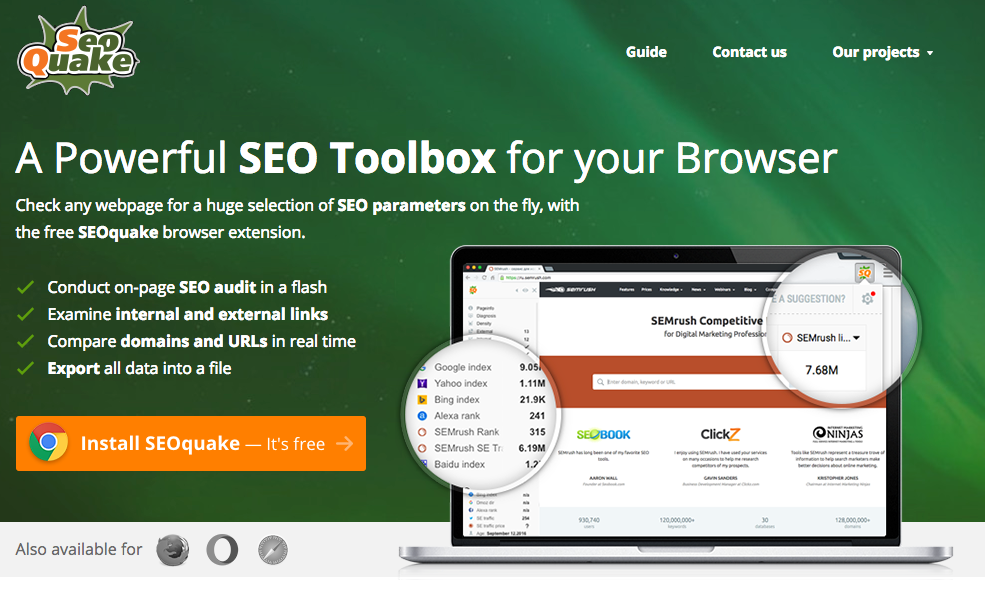
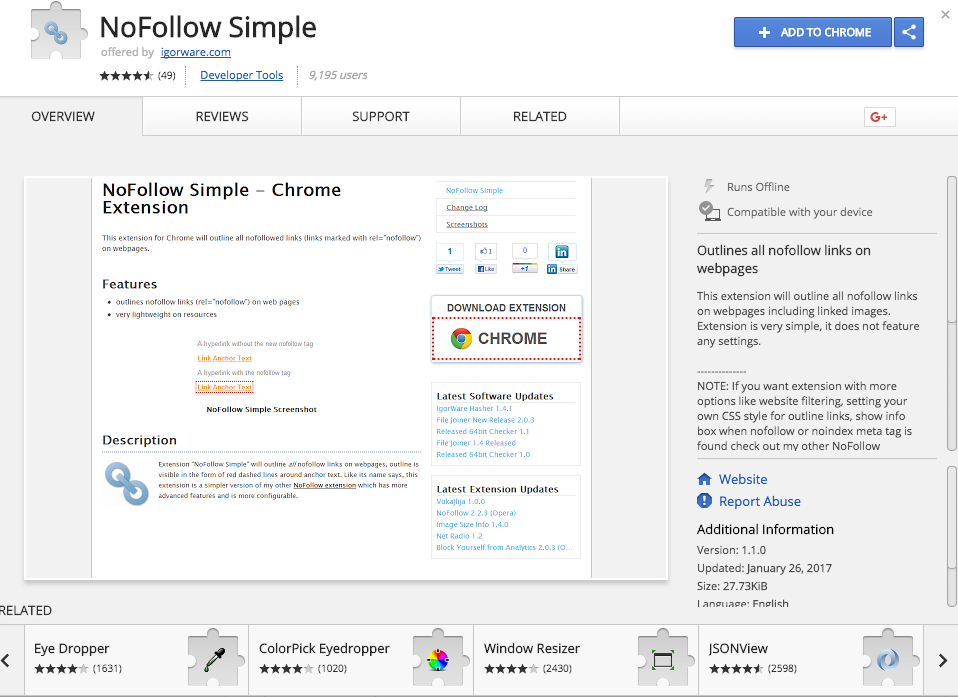
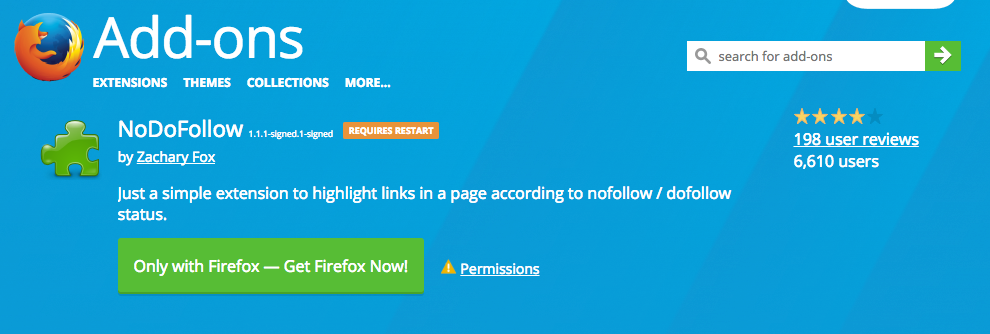
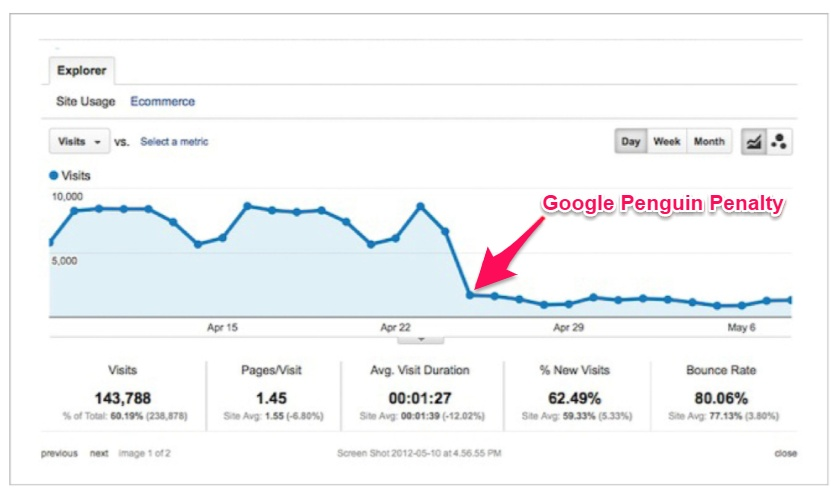

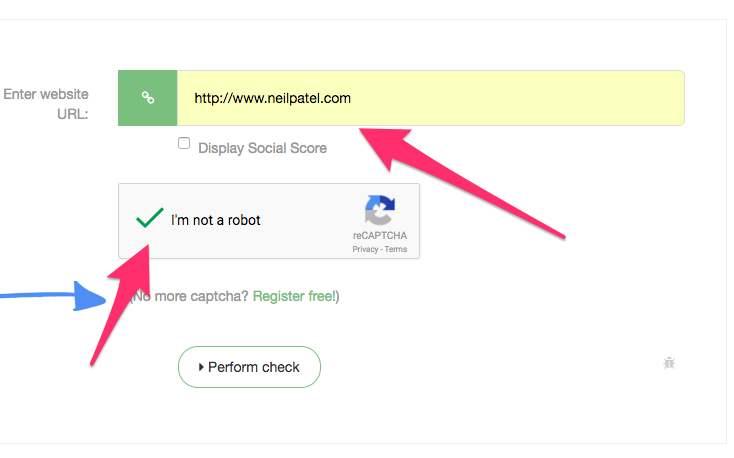
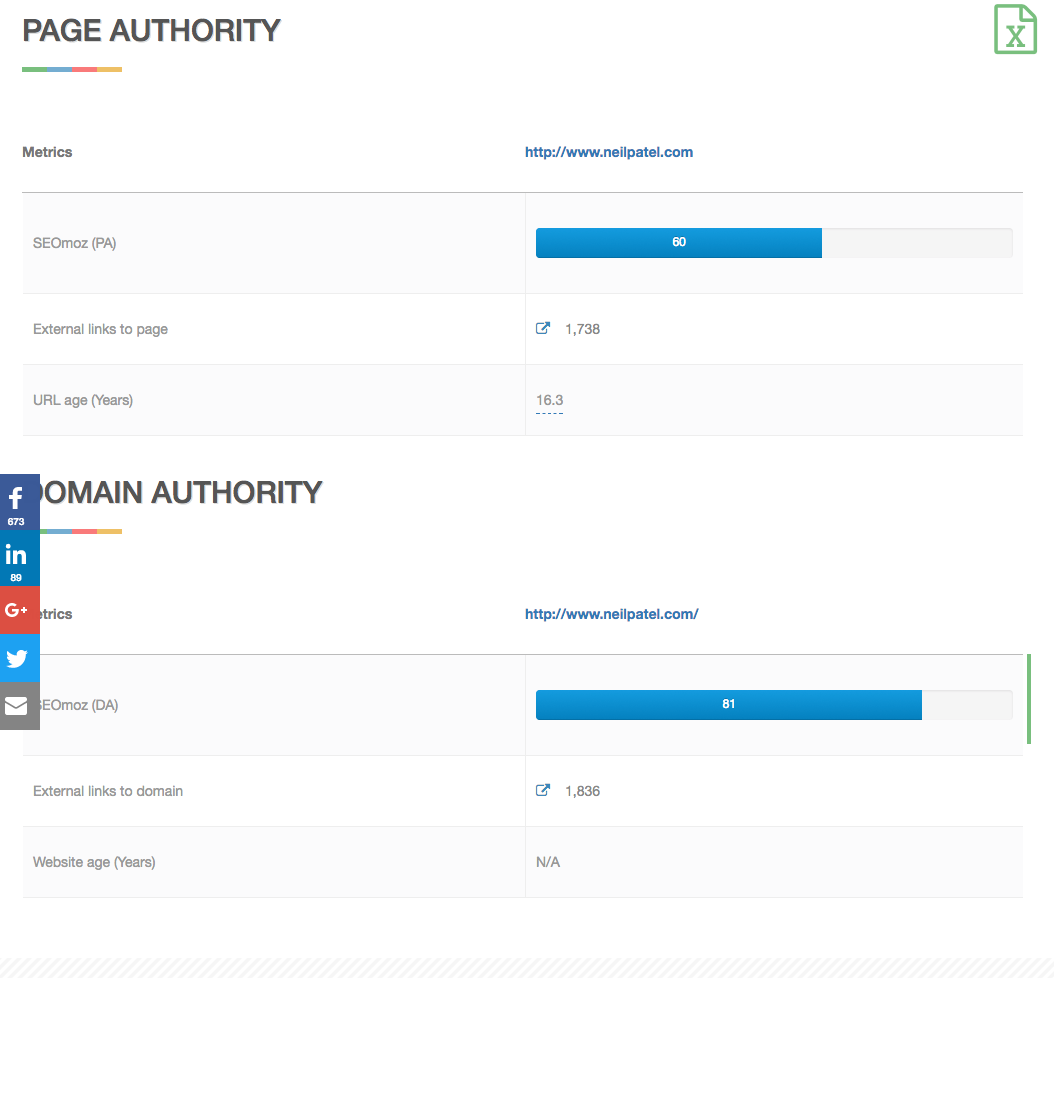
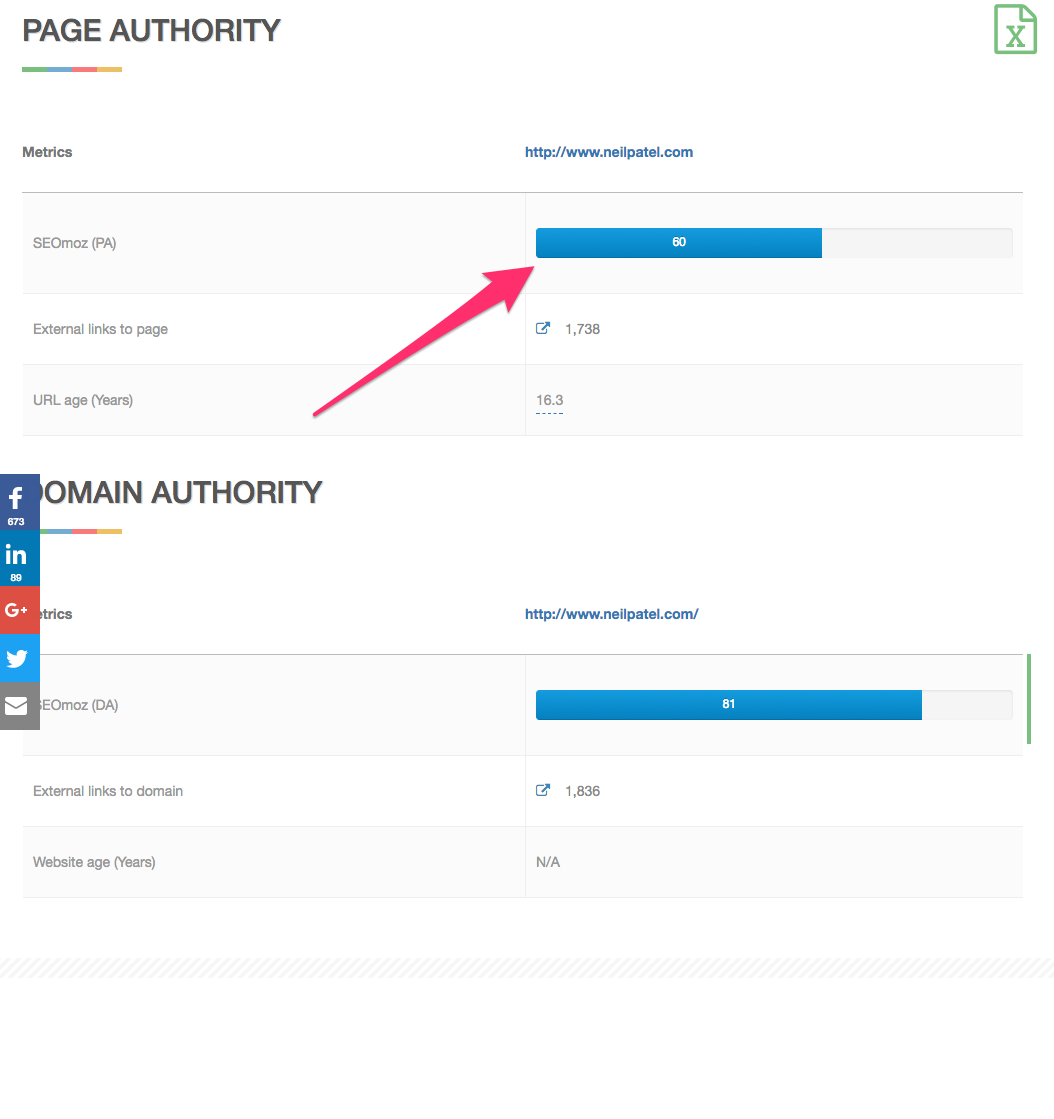
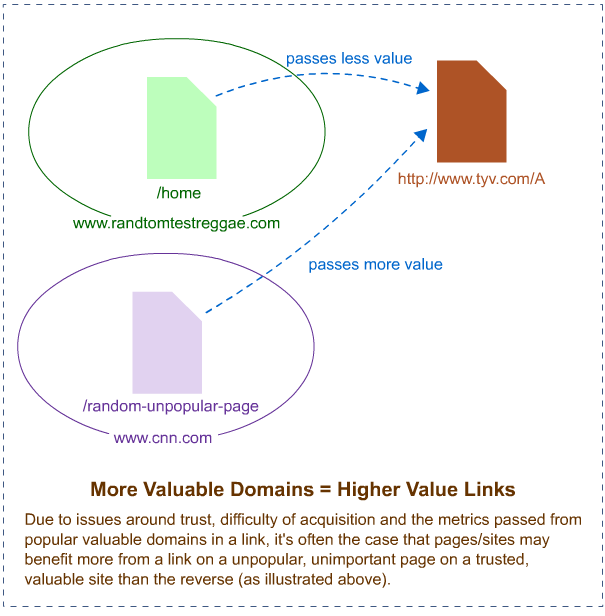
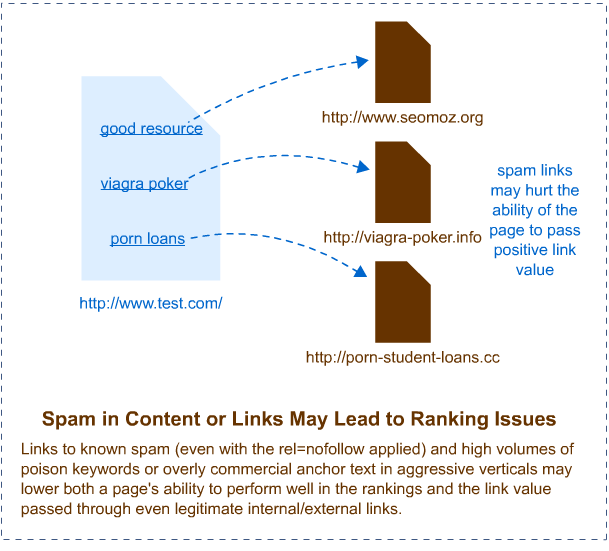



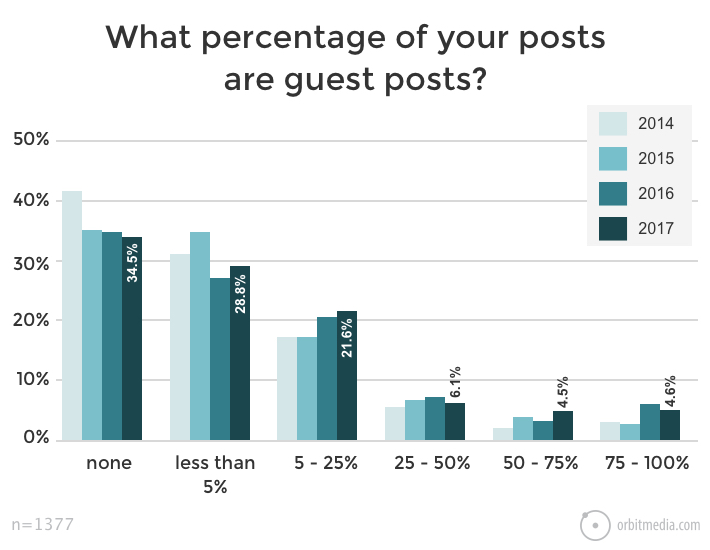
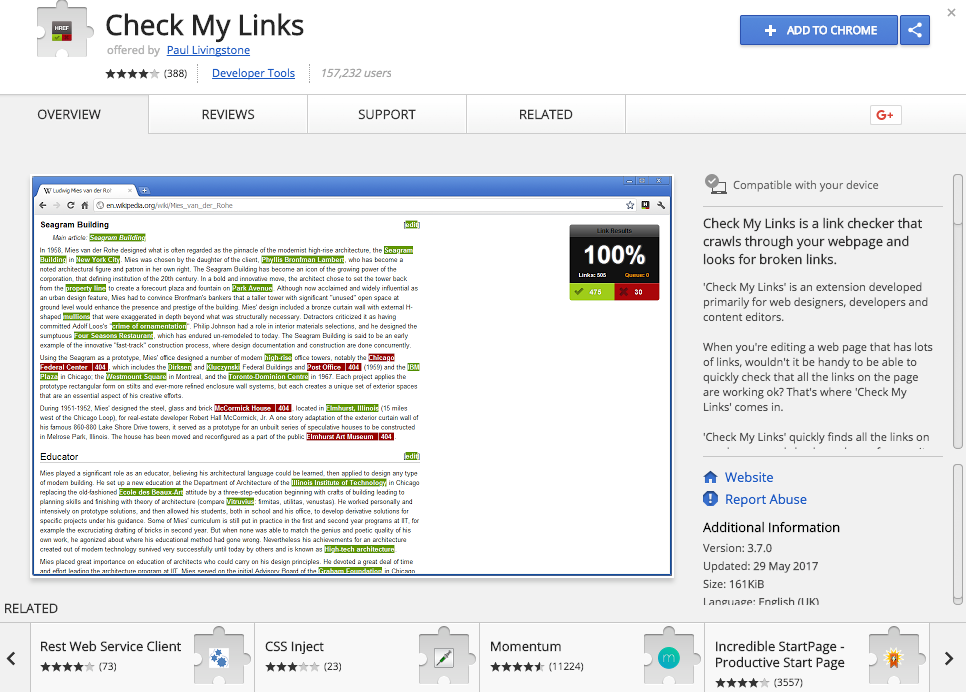
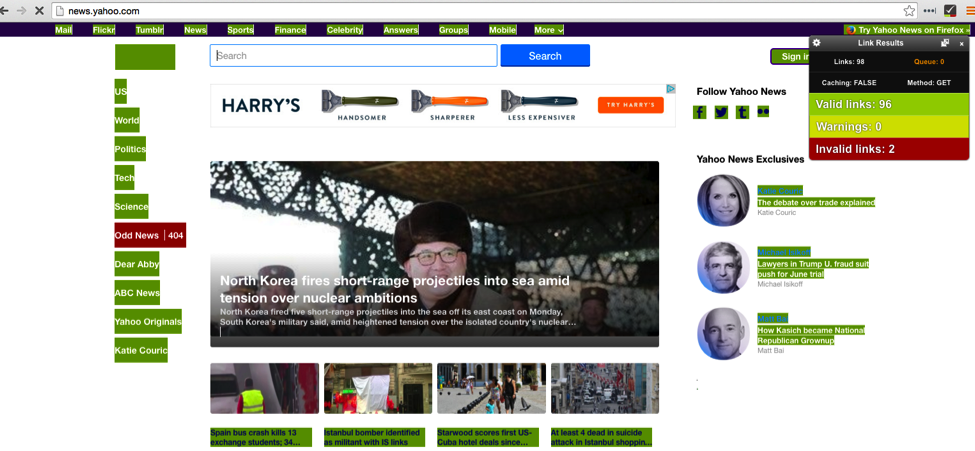
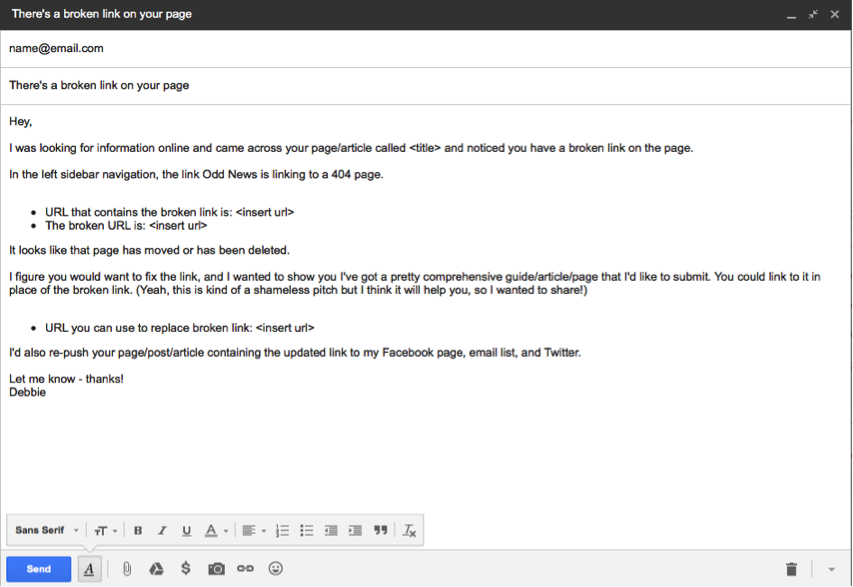
Comments (106)